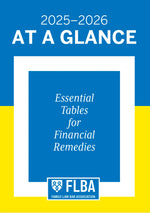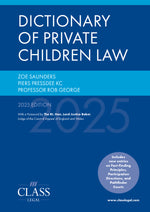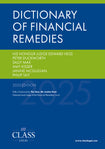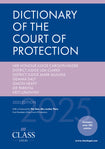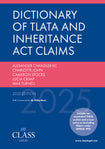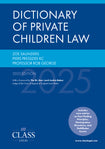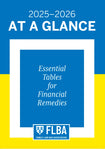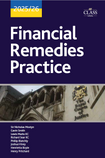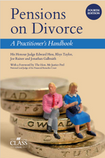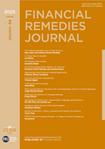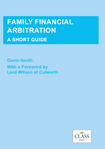Standard Family Orders Handbook: Volume Two (4th edition)
Authors: HHJ Kambiz Moradifar, Nasstassia Hylton, Steven Howard, Edward Bennett, & Alexander Laing
Shop and save with bundles
Product Overview
Product Description
The Standard Family Orders Handbook: Volume 2 is the approved source of guidance to the official Standard Family Court Orders, covering Children and Other Orders.
HHJ Kambiz Moradifar, Nasstassia Hylton, Steven Howard, Edward Bennett, and Alexander Laing provide invaluable commentary on when and how to use each order, with a brief description of its purpose. The text of the orders is also interwoven with useful practice points from the authors. In addition, the colour coding in the approved orders has been reproduced so that you can easily see what to amend when drafting your orders.
What's new in the 4th edition?
This fourth edition contains the latest versions of all the Volume 2 orders, including a number of significant amendments reflecting recent changes in practice together with primary and secondary legislation. Notably, the High Court Disclosure orders have been overhauled reflecting the recent authorities on the service of documents where a party may be in a refuge; a new Presumption of Death Order has been added; all relevant children orders now contain significant amendments to the warning and penal notices to more closely reflect the legal requirements; and the QLR orders have been amended to reflect the recent changes to the QLR remuneration scheme and to provide a more precise termination order.
Delivery and shipping information
Delivery is free on orders over £100. Orders can be despatched same day when placed before 1PM Monday to Friday. Orders are not processed or shipped during weekends or holidays.
Delivery fees are not charged on print pre-orders or annual subscriptions of the Financial Remedies Journal as post & packing is included in the item price.
If you have ordered an e-book, you will shortly receive an email with a link to access your book on our bespoke e-reader. There is also a link to access your book on your order confirmation.
If you have any queries, please do not hesitate to contact info@classlegal.com or call our office on 01652 652 222.
Author Biography & Information
Product Details
-
Publisher
Class Legal
-
ISBN/Ean
Print ISBN: | 978-1-80161-141-1
-
Edition
4th Edition 2024
-
Available Formats
Print
-
Published
2024-09-18
-
Country of Origin
United Kingdom
-
Book Language
English
-
Pages
680
-
Dimensions
30 x 23 x 2.1
